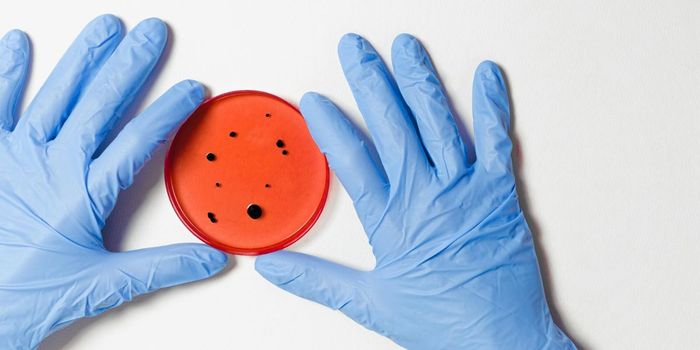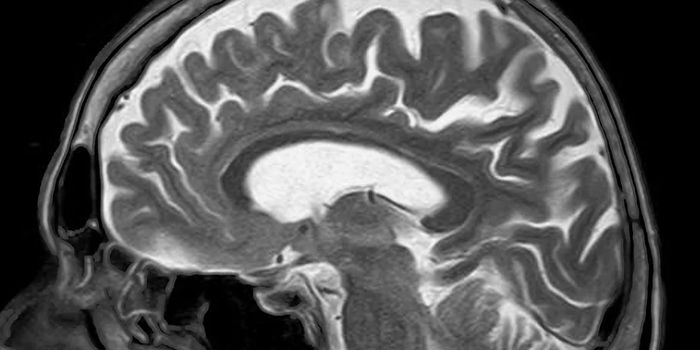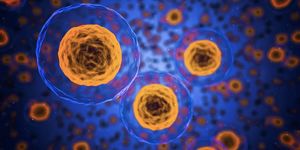New Insights Into the Mechanisms Underlying Huntington's Disease
Huntington's disease is a genetic disorder that causes neurodegeneration in the brain, leading to a wide range of symptoms. These issues tend to manifest in an individual's 30s or 40s, and the disease is fatal within ten to thirty years of the initial appearance of symptoms. Scientists have now discovered a neural circuit that plays a crucial role in the mechanisms underlying Huntington's. The findings, which were reported in Nature Communications, could help researchers develop new treatments for the devastating disease.
Huntington's patients have huntingtin genes that include repetitions of CAG nucleotides, leading to the production of mutant huntingtin protein. This sequence expansion has been shown to cause Huntington's, but how the mutant protein disrupts neurons has been unclear. The neurodegenerative disorder can cause behavioral, cognitive and mobility changes. Patients often have hyperkinetic movements, which have been linked to neuronal dysfunction in a region of the brain called the striatum.
There are principal striatal neurons that receive information from two types of neurons in the cortex of the brain: pyramidal tract neurons and intratelencephalic neurons. In this work, the researchers used a mouse model of Huntington's disease and optogenetic techniques, in which gene expression can be manipulated with light, to learn more about the problems in the striatum caused by the disease.
They determined that mutant huntingtin protein caused major changes in the synapses that send signals to the principal striatal neurons. In these mice, the intratelencephalic neurons formed connections that were stronger, and the pyramidal tract neurons made weaker connections than what's seen in unaffected mice.
The change in principal striatal neurons was found to be due to a reduction in the release of a neurotransmitter called acetylcholine from striatal cholinergic interneurons, which are crucial to changes in behavior that can occur in response to certain situations.
"When cholinergic interneurons become dysfunctional, striatal circuits have difficulty adjusting to new circumstances. Indeed, this is one of the key characteristics of Huntington's disease patients: they have difficulty changing their behavior when contingencies change," noted senior study author D. James Surmeier, PhD, the Nathan Smith Davis Professor and chair of Neuroscience at Northwestern University.
The investigators also selectively reduced the levels of mutant huntingtin in striatal cholinergic interneurons in the mice, using a zinc finger repressor protein delivered to cells with an adeno-associated virus. When this happened, the intratelencephalic connectivity was restored to normal.
"Because mutant huntingtin is widely expressed, the fact that selectively reducing it just in cholinergic interneurons had such a profound effect on striatal connectivity was surprising. This study clearly points to the potential therapeutic value of zinc finger proteins," Surmeier added.
The researchers are interested in learning more about neuronal connectivity in the striatum, and how the circuitry there might affect the involuntary movements seen in Huntington's patients.
Sources: Northwestern University, Nature Communications









